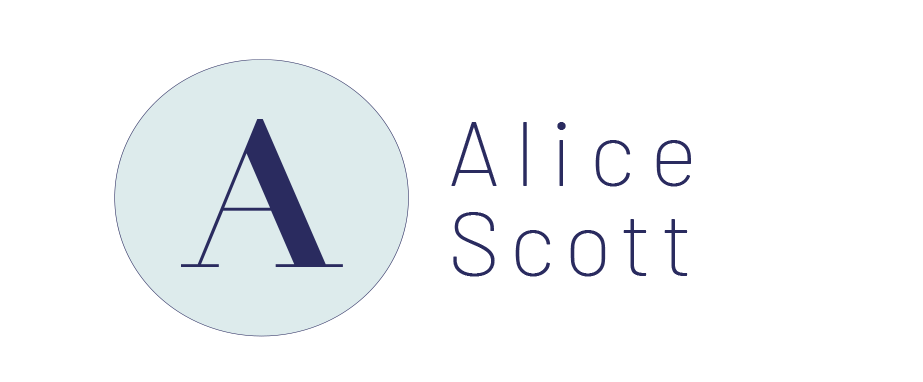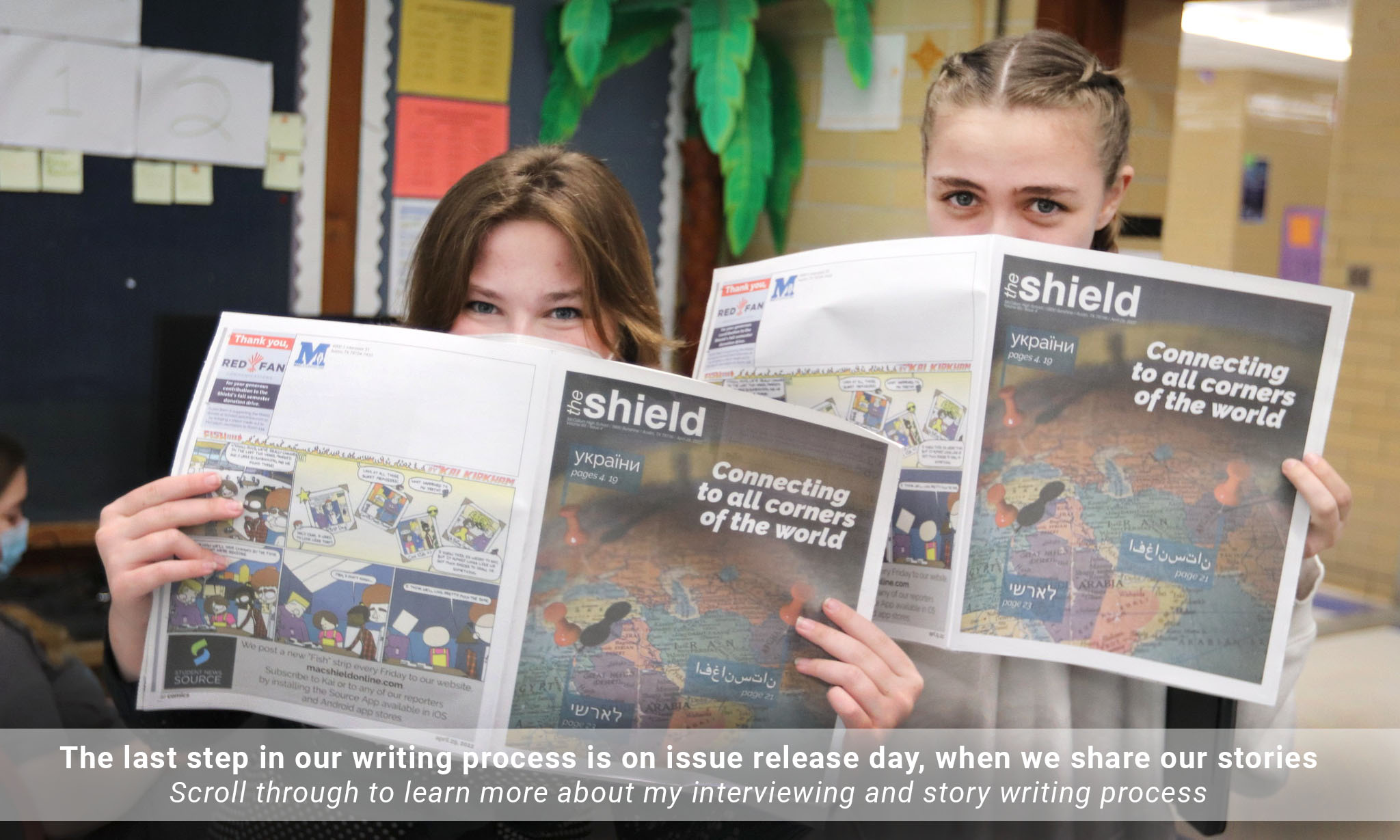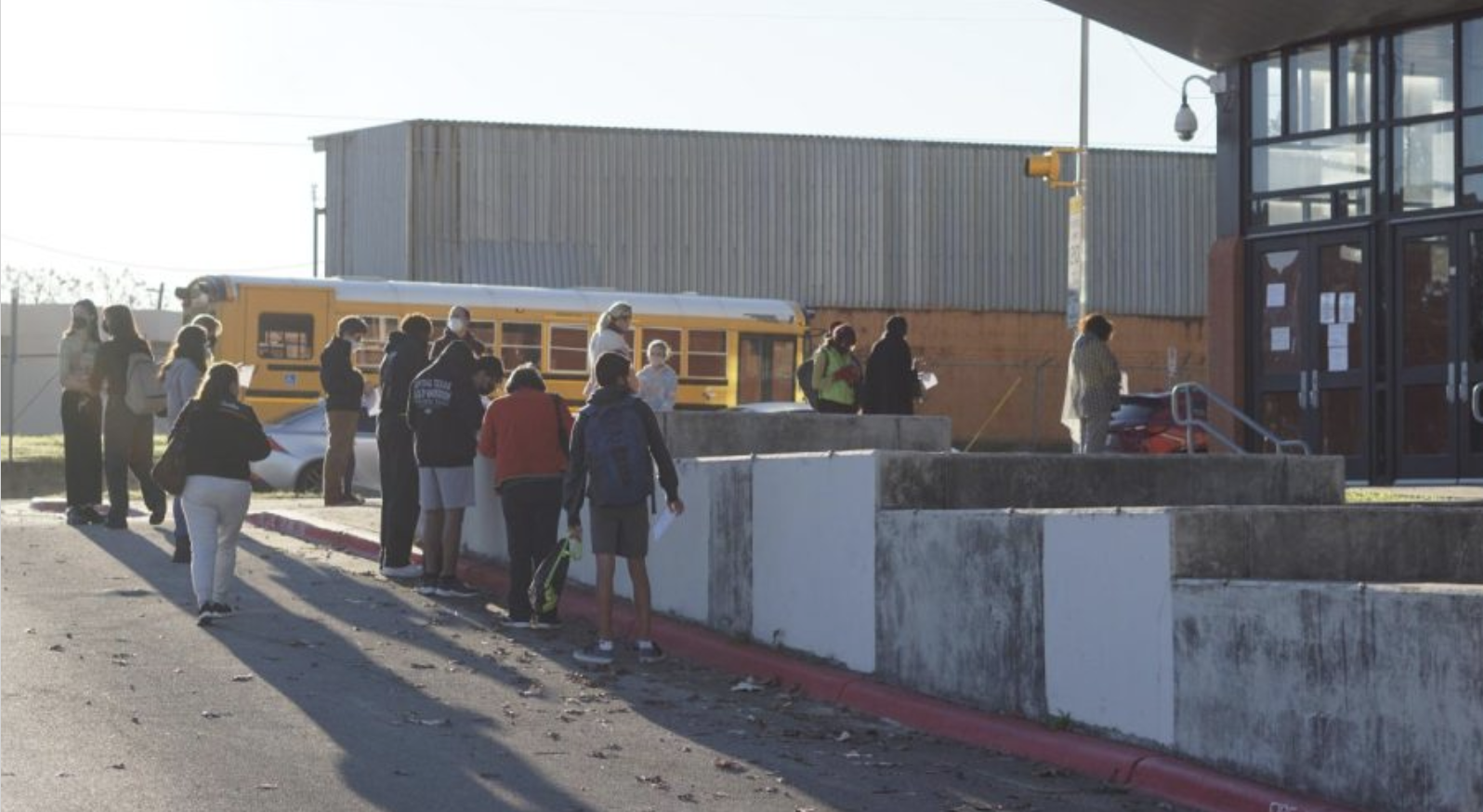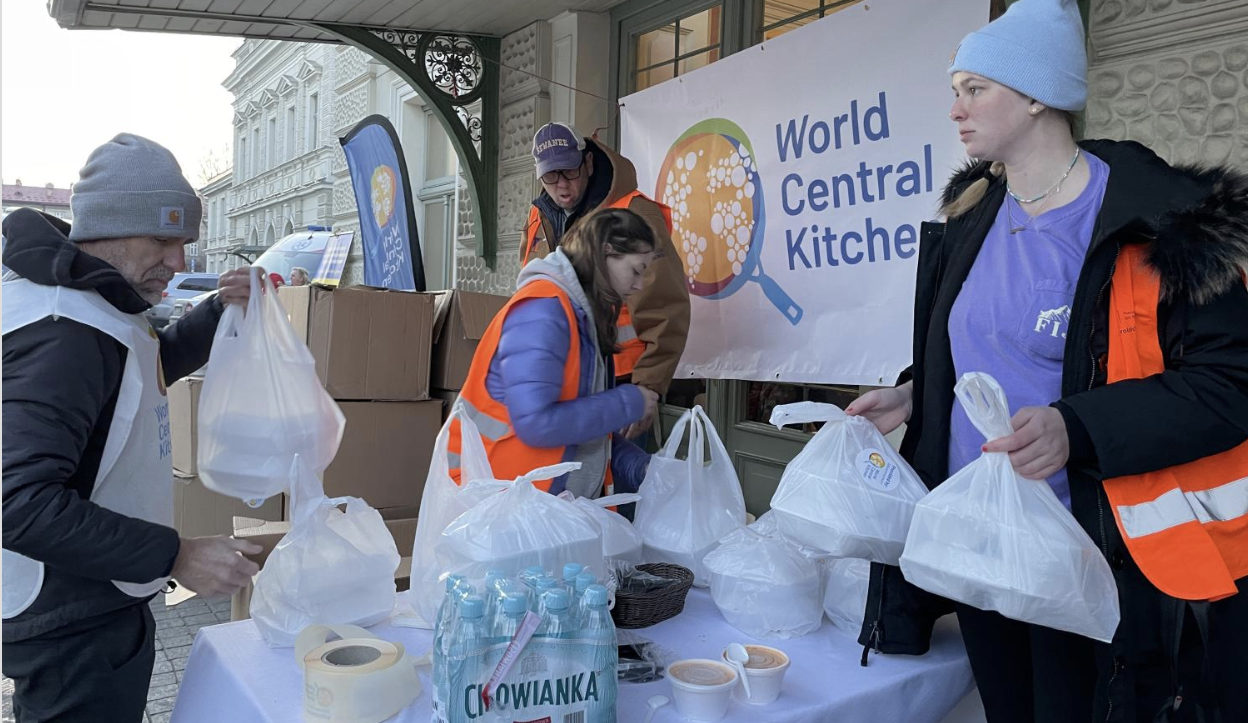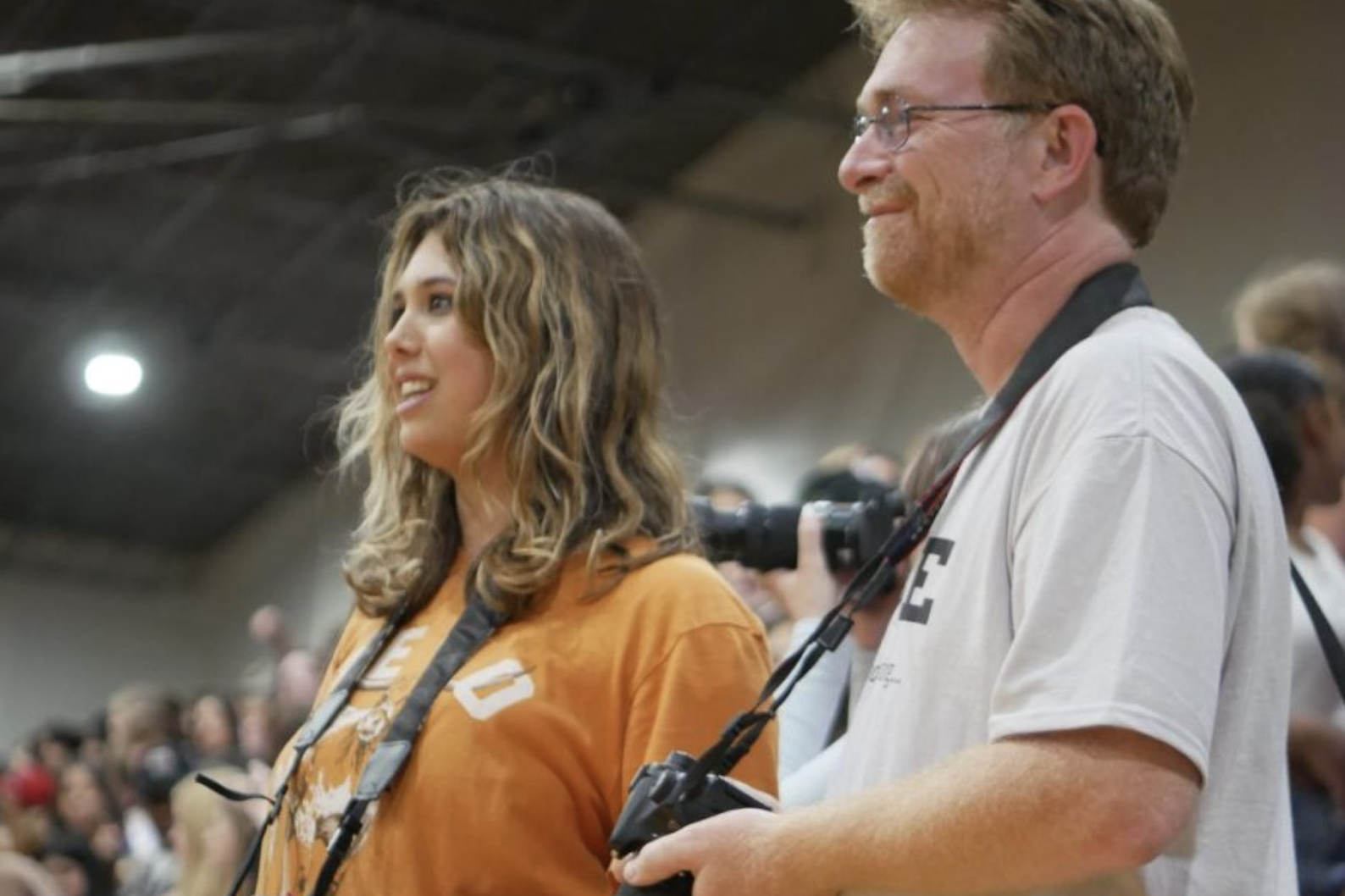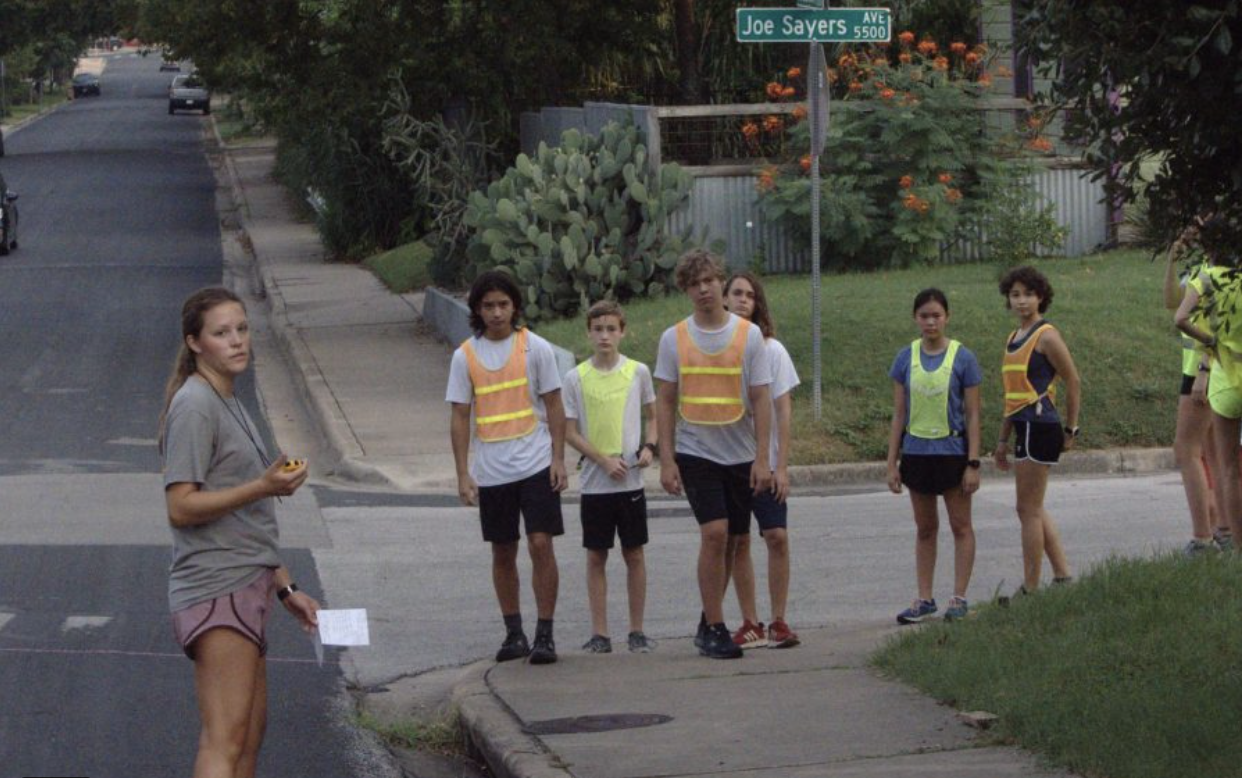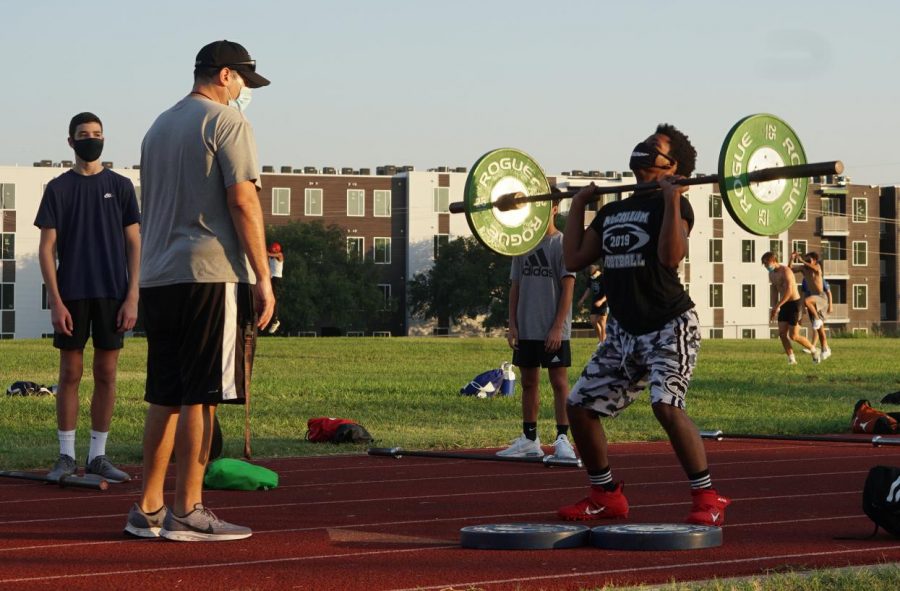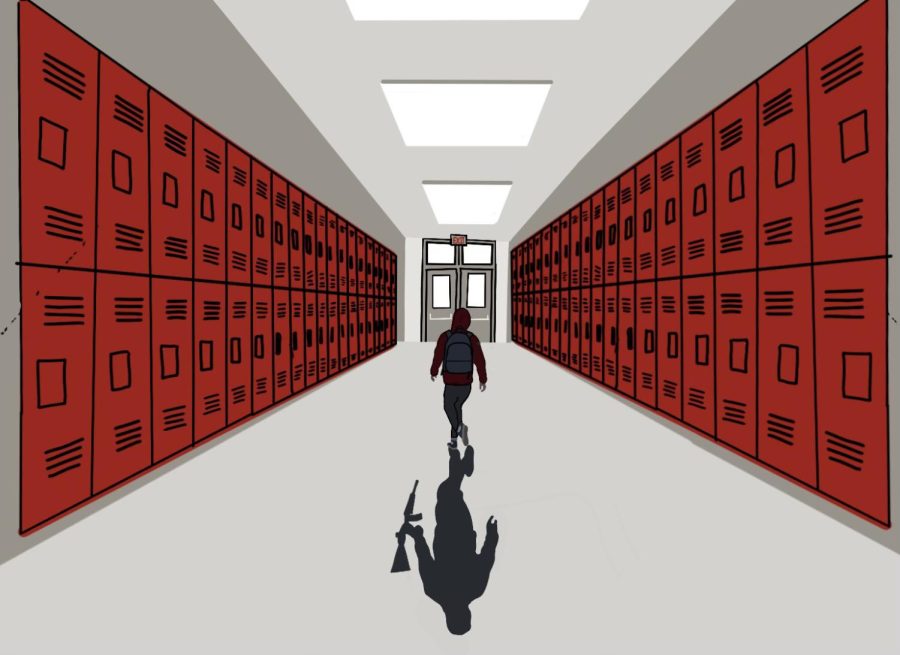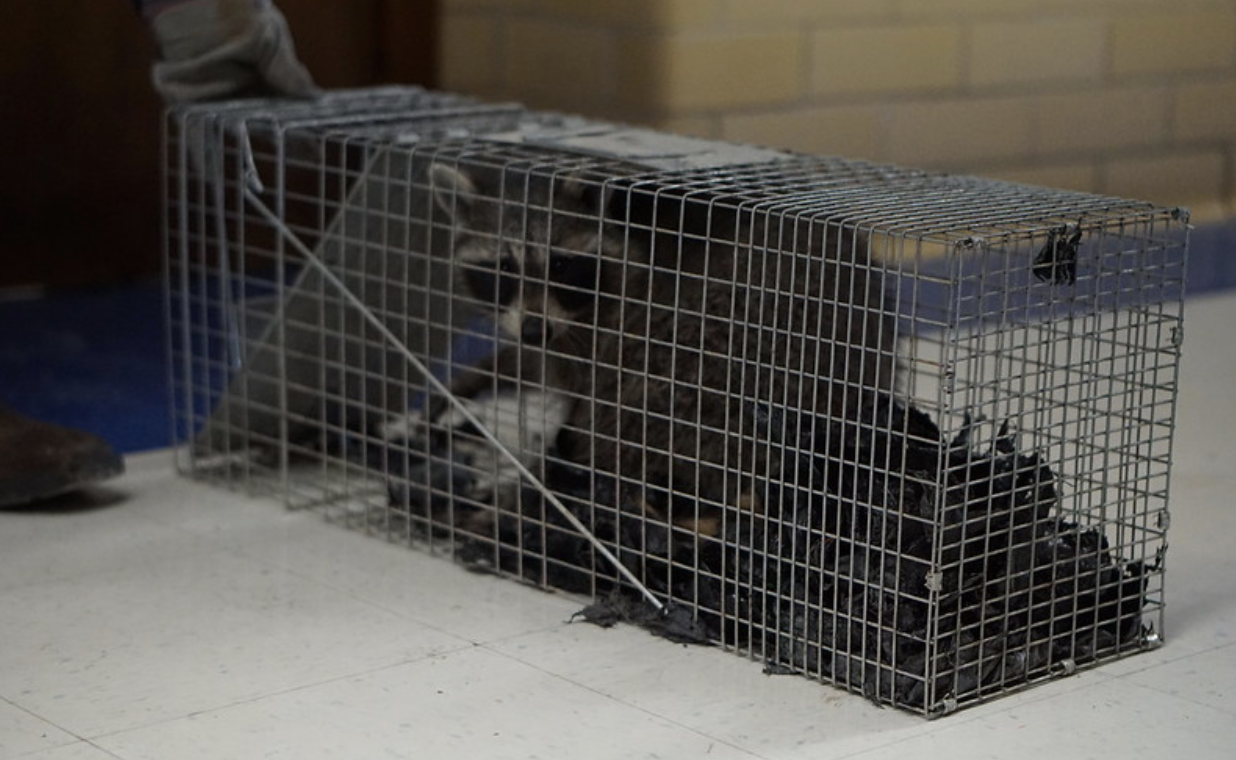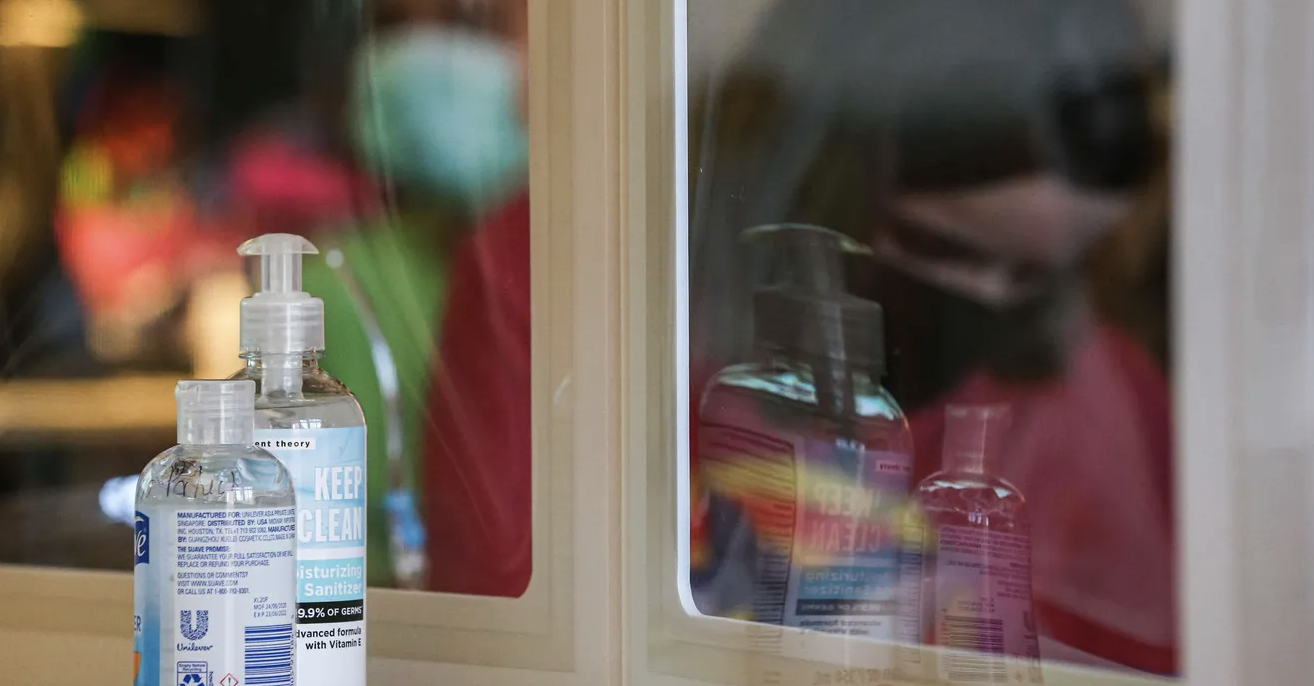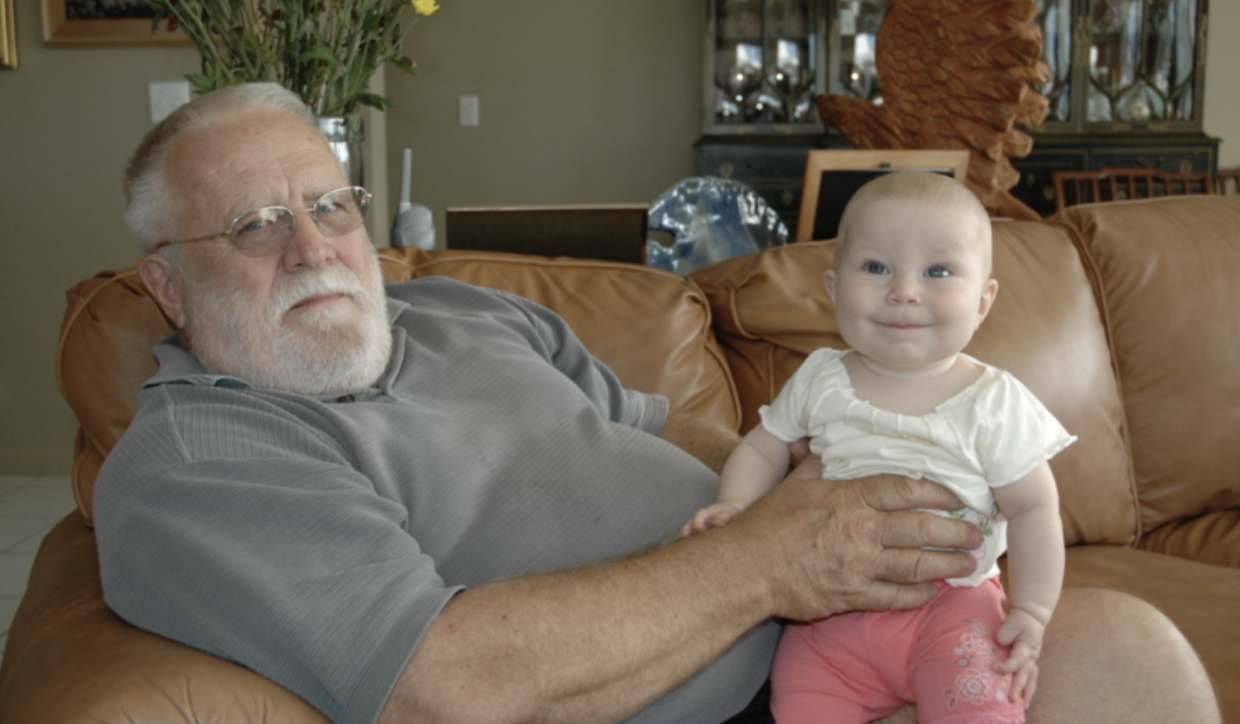Omicron. It loomed over my family as we drove cross-country to my grandmother’s house for winter break, hoping to evade the new strain of virus that spread more efficiently than before. But what we could work to contain on a personal level was building back home. The group chat for The Shield was inundated with updates from the city of Austin and AISD. We needed to cover this story, so I jumped right in – researching the planned response from area districts and universities that were delaying classes. I secured interviews with professors, a pediatrician and scoured the McCallum parent Facebook group for information about covid testing sites within AISD, seeking to inform our community. I learned the value of working quickly and efficiently to provide key information to help our readers remain safe amid an evolving threat.
Recognitions: Award of Merit – news package, SIPA Best Visual Competition (2022); Part of my Superior online story portfolio, TAJE (2022)
